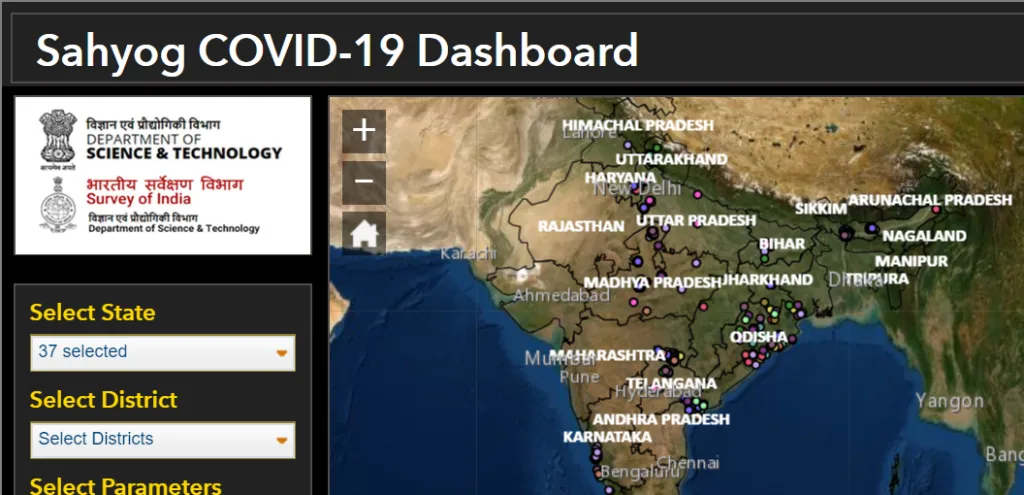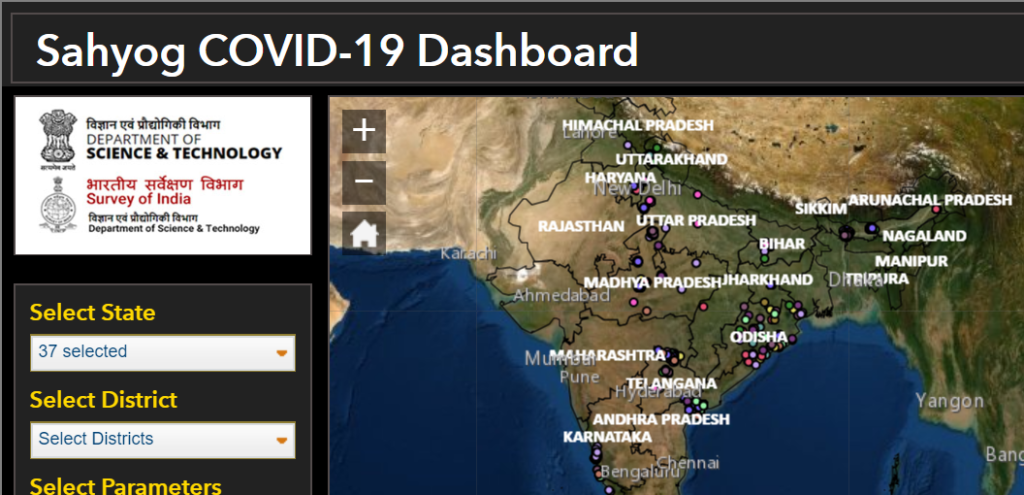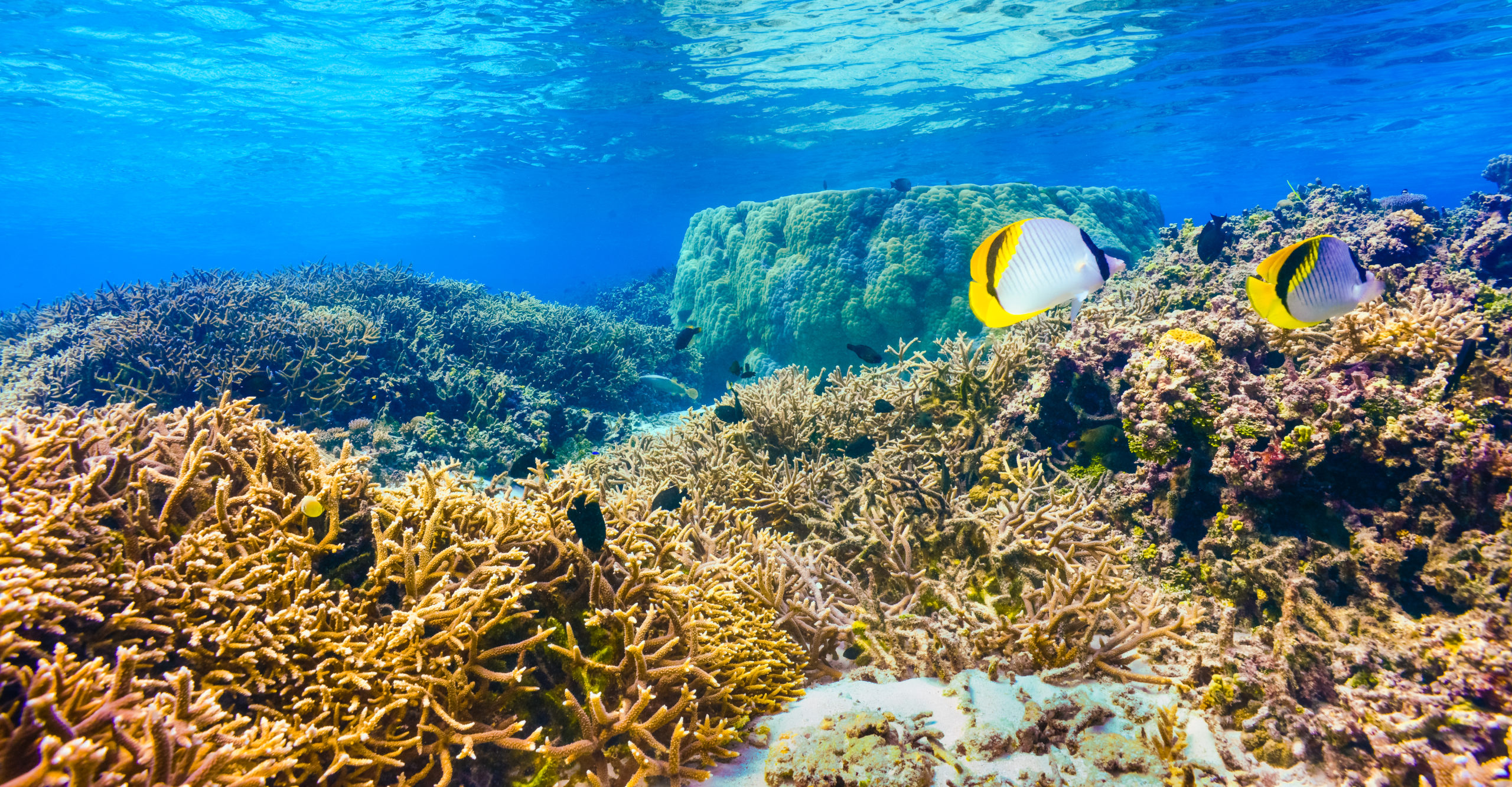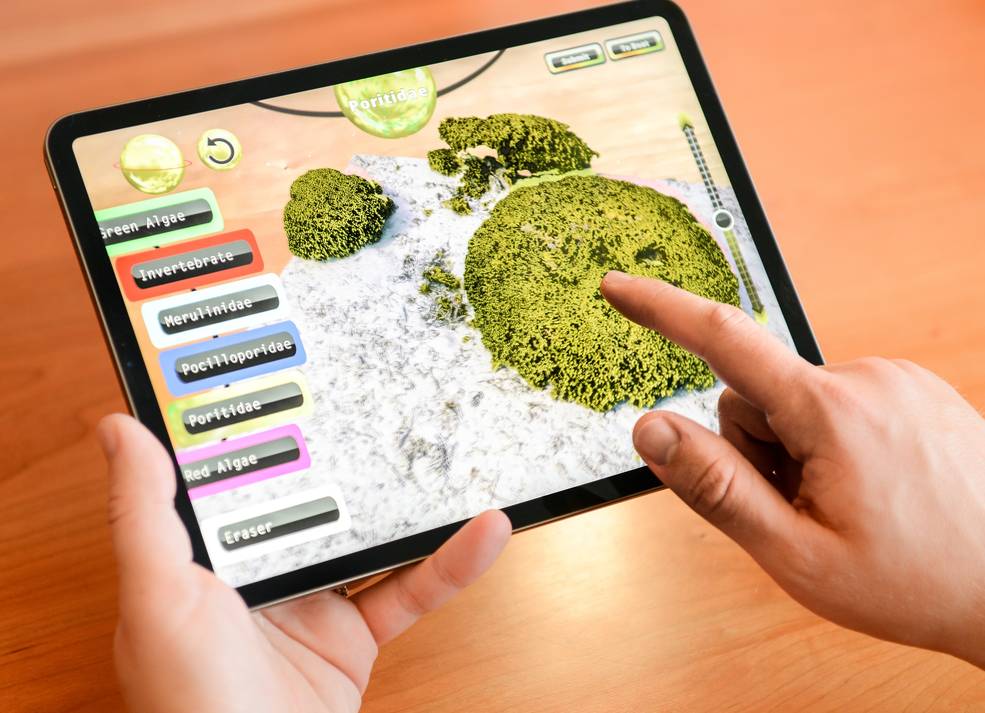
Survey of India’s geotagging app to help steer lockdown for 1.3 billion people
India’s nationwide coronavirus lockdown is the biggest in the world, and it will continue till May 3 at least. As the country of 1.3 billion citizens ramps up efforts to contain the spread of the novel coronavirus, its national mapping agency, Survey of India, has also joined the fight by adding a new geotagging feature to its mobile app called Sahyog.
The Sahyog app is being customized specifically to help the officials working in the COVID-19 war rooms across the nation. Focusing particularly on the localized delivery of healthcare services, the app would allow volunteers and COVID-19 foot soldiers to feed geotagged information to the platform.
Don’t miss: Facebook creates COVID-19 symptom tracking map
So, for instance, if the coronavirus pandemic war room officials need the exact location of all entry and exit points of a containment zone or if they want to know the area size of empty hotels that can be converted into makeshift quarantine centers, the Sahyog app could help them do that.
“We’ve looked at the guidelines of the health department to put together all the information that is needed for effective delivery of health services,” Pankaj Mishra, Deputy Surveyor-General, Survey of India, said in an interview. “For example, if they require information on the number of hotels and banquet halls in an area, the public databases already have around 70 percent of this data and our officers can do location tagging for the rest. The revised map will be available to the war room personnel within eight to 10 hours.”
Also see: Google releases users’ location data to show COVID-19 lockdown impact
The Sahyog app will complement the Indian government’s contact tracing app, Aarogya Setu, which uses Bluetooth and location-tracking features to inform users if they have come across any COVID-19 confirmed person or those suspected of the novel coronavirus disease.

The updated Sahyog platform is initially expected to strengthen the public health delivery system of the State and Central governments and subsequently provide the necessary geospatial information support to citizens and agencies dealing with the challenges related to health, socio-economic distress, and livelihood challenges, an official press release by the government explained. “The mobile application has been customized to collect COVID-19 specific geospatial datasets through community engagement to augment the response activities by the government to the pandemic,” it said.
Now read: Nighttime satellite images of China reflect COVID-19 lockdown impact








